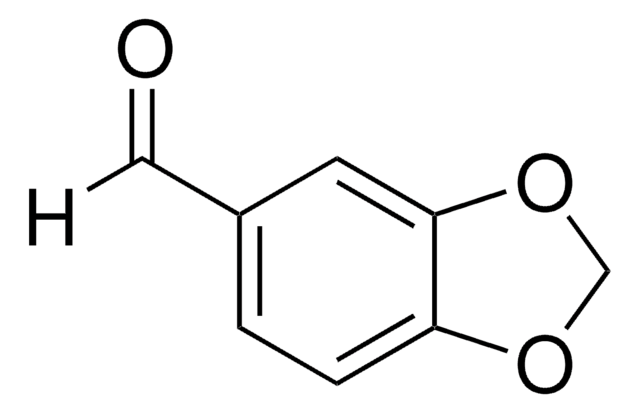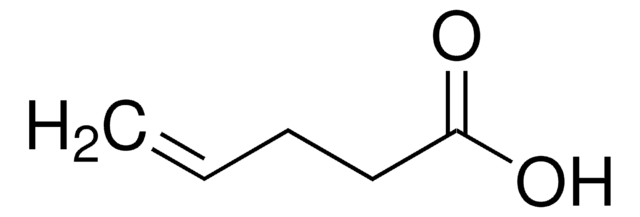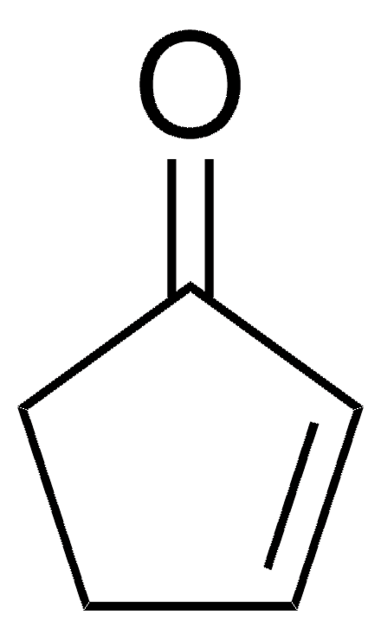All Photos(1)
About This Item
Empirical Formula (Hill Notation):
C6H8O2
CAS Number:
Molecular Weight:
112.13
EC Number:
MDL number:
UNSPSC Code:
12352100
PubChem Substance ID:
NACRES:
NA.22
Recommended Products
Quality Level
assay
98%
form
liquid
refractive index
n20/D 1.474 (lit.)
bp
76-78 °C/15 mmHg (lit.)
density
1.13 g/mL at 25 °C (lit.)
SMILES string
O=C1CCCC2OC12
InChI
1S/C6H8O2/c7-4-2-1-3-5-6(4)8-5/h5-6H,1-3H2
InChI key
QKOHEJBTNOEACF-UHFFFAOYSA-N
Related Categories
General description
7-Oxabicyclo[4.1.0]heptan-2-one is one of the products formed during oxidation of cyclohexene by dendritic complexes. It has been reported as anticapsin analog.
Application
7-Oxabicyclo[4.1.0]heptan-2-one was employed as substrate to investigate the substrate specificity of purified recombinant NADPH-dependent 3-quinuclidinone reductases from Microbacterium luteolum JCM 9174 for the reductive reaction of ketones.
wgk_germany
WGK 3
flash_point_f
204.8 °F
flash_point_c
96.00 °C
ppe
Eyeshields, Gloves
Certificates of Analysis (COA)
Search for Certificates of Analysis (COA) by entering the products Lot/Batch Number. Lot and Batch Numbers can be found on a product’s label following the words ‘Lot’ or ‘Batch’.
Already Own This Product?
Find documentation for the products that you have recently purchased in the Document Library.
Oxidation of cyclohexene by dendritic PAMAMSA-Mn (II) complexes.
Yang Z-W, et al.
J. Mol. Catal. A: Chem., 213(2), 169-176 (2004)
Kentaro Isotani et al.
Applied and environmental microbiology, 79(4), 1378-1384 (2012-12-25)
We used the resting-cell reaction to screen approximately 200 microorganisms for biocatalysts which reduce 3-quinuclidinone to optically pure (R)-(-)-3-quinuclidinol. Microbacterium luteolum JCM 9174 was selected as the most suitable organism. The genes encoding the protein products that reduced 3-quinuclidinone were
Our team of scientists has experience in all areas of research including Life Science, Material Science, Chemical Synthesis, Chromatography, Analytical and many others.
Contact Technical Service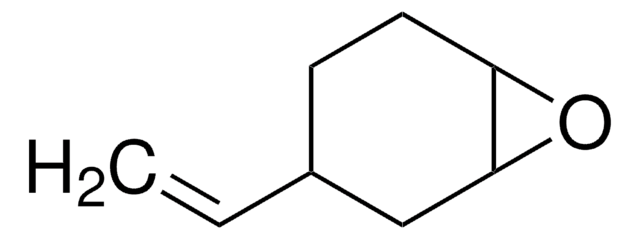

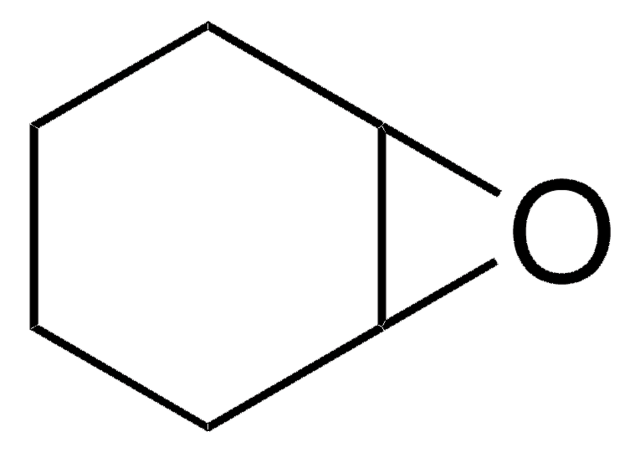

![3-Oxabicyclo[3.1.0]hexane-2,4-dione 98%](/deepweb/assets/sigmaaldrich/product/structures/775/685/428f7212-fd69-42ea-bf55-57f32b86de70/640/428f7212-fd69-42ea-bf55-57f32b86de70.png)
![7-Oxabicyclo[2.2.1]heptane 98%](/deepweb/assets/sigmaaldrich/product/structures/377/935/931d29d9-08c9-492a-b42e-3f8f5a20f595/640/931d29d9-08c9-492a-b42e-3f8f5a20f595.png)
